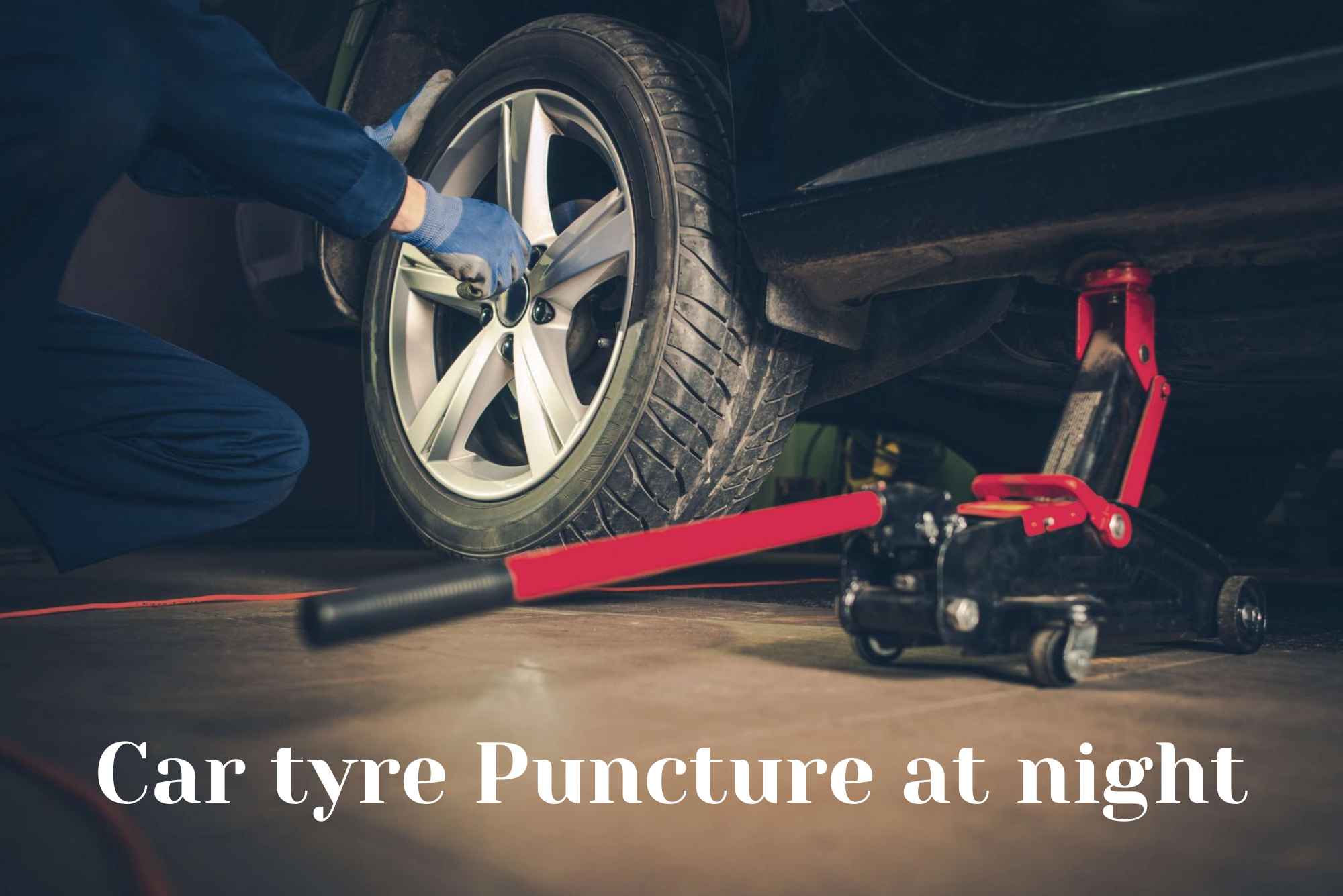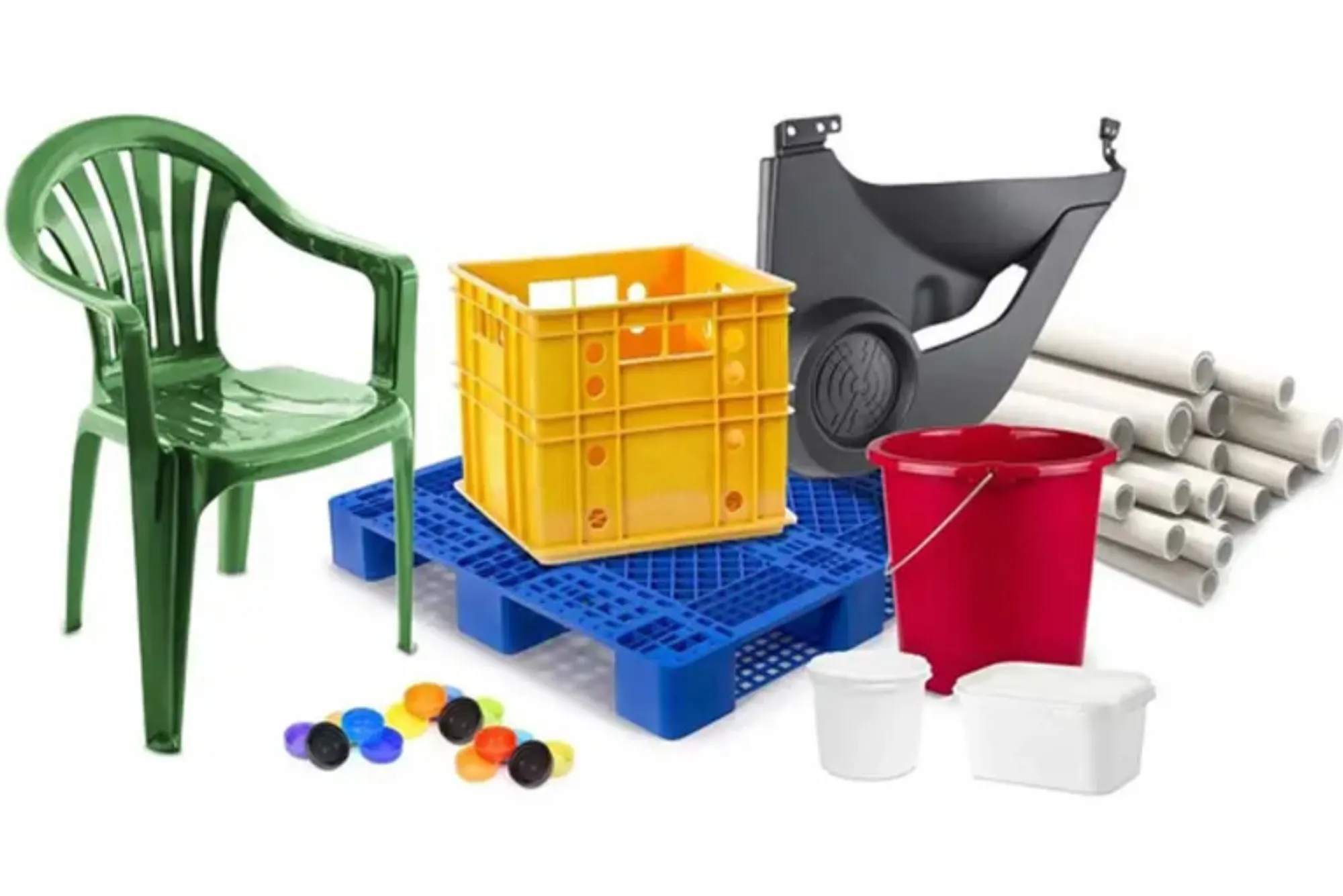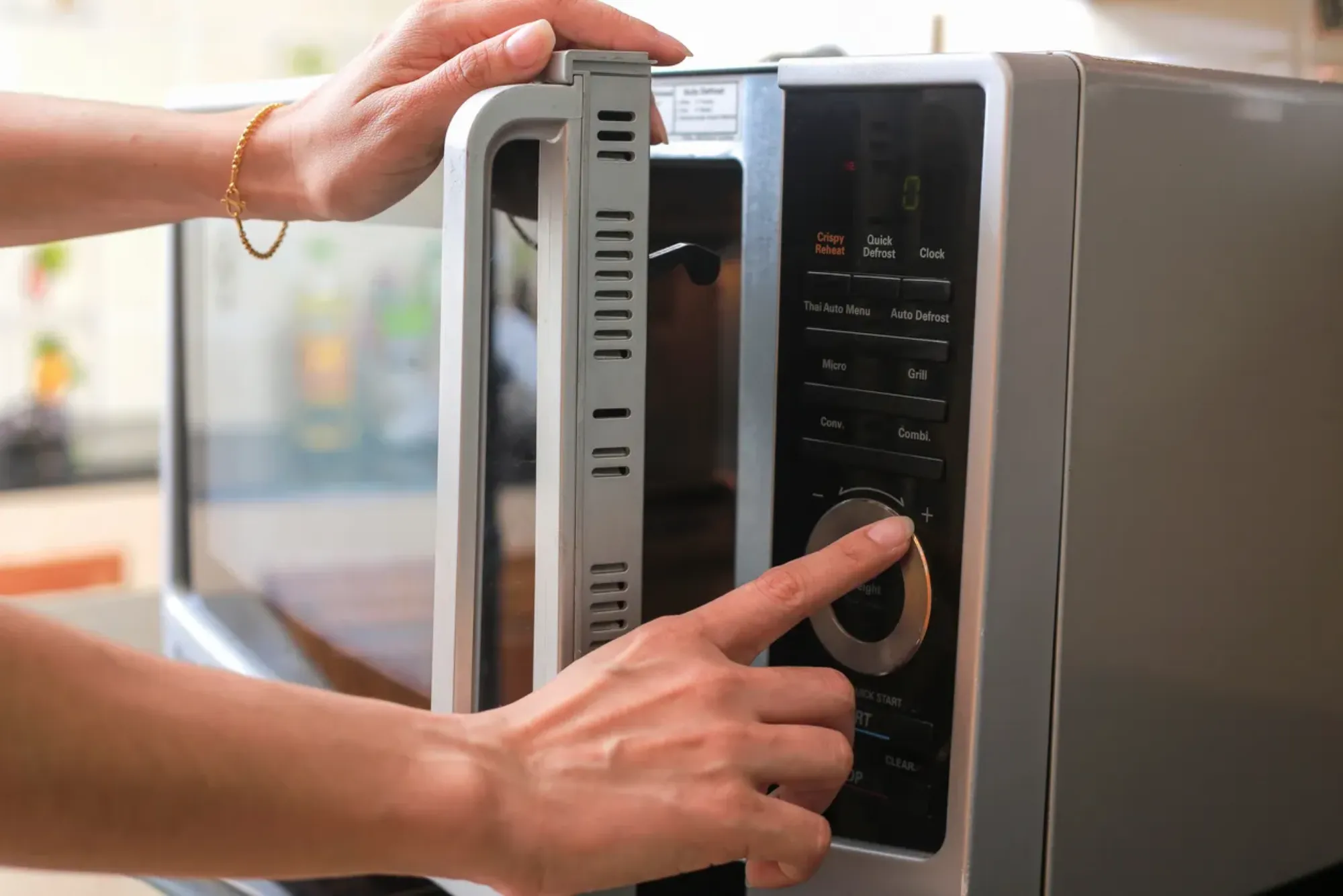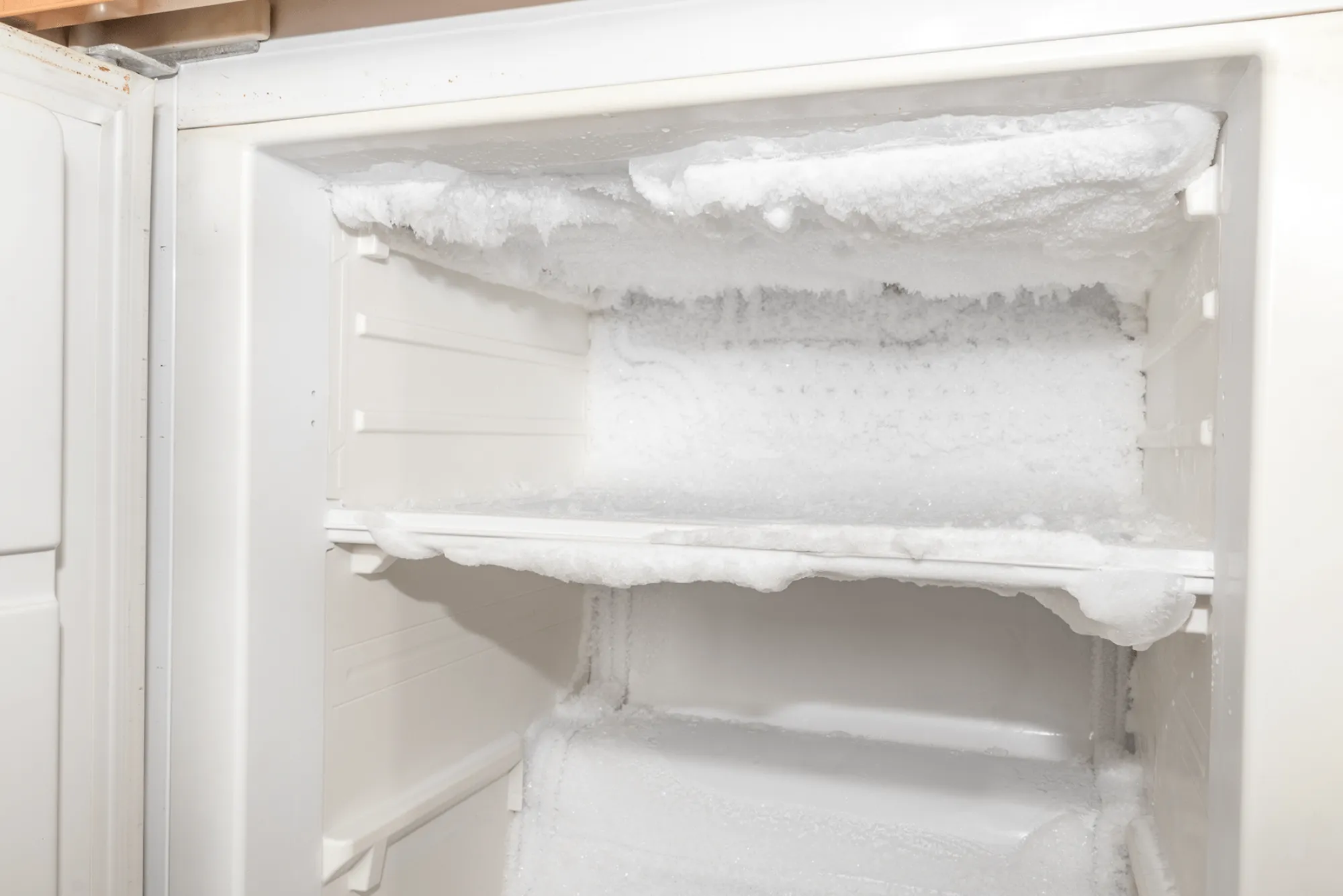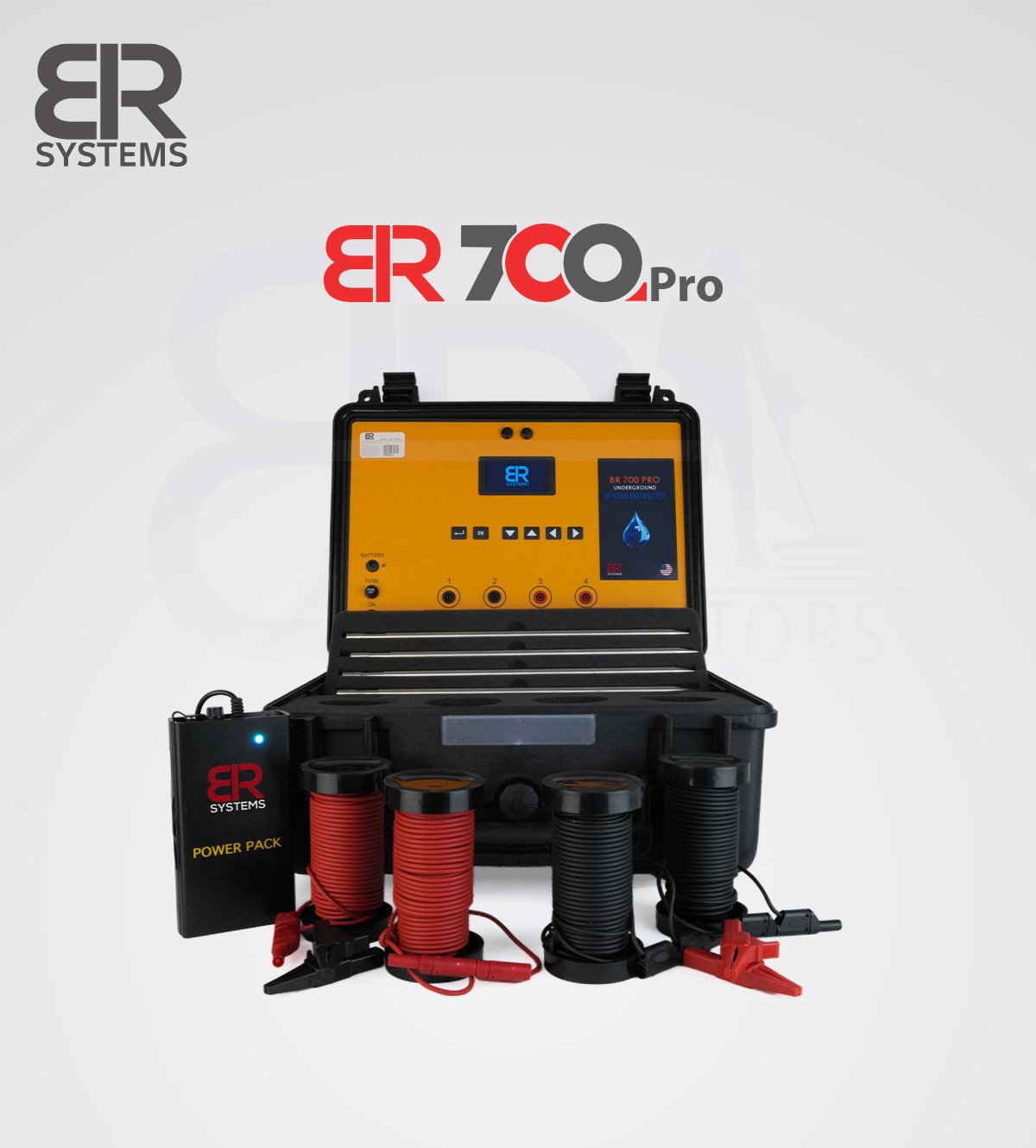Experiencing a car tyre puncture at night can be one of the most inconvenient and stressful situations a driver can face. The darkness can make it difficult to see what you’re doing, and the isolation of being on the road can increase anxiety. However, knowing the correct steps to take when faced with this scenario can make all the difference. This article aims to provide you with a comprehensive guide on how to effectively manage a car tyre puncture at night and ensure your safety while doing so.
Common Causes of Tyre Punctures
Before we delve into how to handle a puncture, it is essential to understand what causes tyre punctures in the first place. Being aware of these factors can help you take preventative measures:
1. Sharp Objects
One of the most common causes of tyre punctures is sharp objects on the road. This can include nails, screws, glass shards, and other debris that can penetrate the tyre’s rubber surface. These items can be particularly hazardous at night when visibility is low, and you may not see them until it’s too late.
2. Poor Tyre Maintenance
Tyres that are poorly maintained are at a higher risk for punctures. This includes tyres that are under-inflated, over-inflated, or worn out. Regular inspections are necessary to ensure that your tyres are in good condition and can withstand the rigors of the road. It’s essential to check for any signs of wear, such as cracks, bulges, or uneven tread wear.
3. Road Hazards
Driving on poorly maintained roads can increase your chances of encountering hazards that may lead to tyre damage. Potholes, rough terrain, and construction zones can all pose risks to your tyres. Being aware of your surroundings and avoiding known hazardous areas can help mitigate this risk.
4. Temperature Changes
Temperature fluctuations can also affect tyre performance. For example, colder temperatures can cause tyre pressure to drop, increasing the risk of a puncture. It is vital to monitor tyre pressure regularly, especially when there are significant temperature changes.
Preparing for Emergencies
While you can’t predict when a car tyre puncture at night will occur, you can prepare for the possibility. Here are some crucial steps to ensure you are ready for any tyre emergencies:
1. Emergency Kit
An emergency kit is a must-have for every vehicle. Your kit should include:
- Spare tyre: Ensure it is in good condition and properly inflated.
- Jack: A reliable jack is essential for lifting your vehicle.
- Lug wrench: This tool is necessary for loosening and tightening lug nuts.
- Tyre repair kit: A sealant or plug kit can provide a temporary fix.
- Flashlight: A good-quality flashlight will help you see in the dark.
- Safety triangles: These can alert other drivers to your situation.
- First aid kit: Always be prepared for any minor injuries that may occur.
2. Know Your Vehicle
Familiarize yourself with your car’s specific tyre-changing process. Refer to the owner’s manual for instructions on how to safely change a tyre. Understanding your vehicle’s layout will help you quickly locate tools and equipment when you need them.
3. Regular Maintenance
Regularly check your tyres for wear and ensure they are inflated to the recommended pressure. Inspecting your tyres can help you catch any issues before they escalate into more significant problems.
Steps to Take When You Experience a Car Tyre Puncture at Night
If you find yourself dealing with a car tyre puncture at night, follow these essential steps to ensure your safety and minimize the inconvenience.

1. Stay Calm
The first step in handling a puncture is to remain calm. Panic can cloud your judgment and lead to poor decision-making. Take a deep breath, assess your situation, and focus on the steps you need to take.
2. Turn on Hazard Lights
Switch on your hazard lights immediately to alert other drivers that you have a problem. This step is critical for your safety, especially if you are on a busy road or highway. Hazard lights make your vehicle more visible and can help prevent accidents.
3. Find a Safe Location
If possible, maneuver your vehicle to a safe and well-lit area away from traffic. Look for a flat surface, as this will make it easier to change the tyre. If you’re on a highway, try to find a rest area or parking lot where you can safely pull over.
4. Use a Flashlight
A reliable flashlight is essential when dealing with a tyre puncture at night. Make sure your flashlight is functional before setting out on any journey. A flashlight will help you see the tyre and the tools you need to use. If you don’t have a flashlight, consider using your mobile phone’s flashlight feature.
5. Inspect the Damage
Once you are in a safe location, get out and inspect your tyre. Look for any visible signs of damage, such as punctures, cuts, or air leaks. If you find a small puncture, you may be able to use a tyre sealant for a temporary fix. If the damage is severe, or if the tyre is completely flat, you will need to replace it with a spare tyre.
6. Change the Tyre
If you decide to change the tyre yourself, follow these detailed steps:
Step 1: Gather Your Tools
Ensure you have everything you need within reach: the spare tyre, jack, and lug wrench.
Step 2: Loosen the Lug Nuts
Before raising the car, use the lug wrench to loosen the lug nuts on the flat tyre. Turn the wrench counterclockwise to break the seal. It’s often easier to do this while the car is still on the ground, as the weight of the car helps hold the tyre in place.
Step 3: Position the Jack
Consult your owner’s manual to find the correct jack points on your vehicle. Place the jack under the vehicle according to these instructions, ensuring it’s on a stable part of the chassis. Raise the car until the flat tyre is off the ground.
Step 4: Remove the Flat Tyre
Once the car is elevated, remove the loosened lug nuts completely and place them in a safe spot. Carefully slide the flat tyre off the wheel hub and set it aside.
Step 5: Install the Spare Tyre
Align the spare tyre with the wheel hub and slide it into place. Hand-tighten the lug nuts to secure the tyre. Ensure the spare is compatible with your vehicle.
Step 6: Lower the Car
Slowly lower the car back to the ground using the jack. Once it is fully on the ground, you can remove the jack.
Step 7: Tighten the Lug Nuts
Using the lug wrench, tighten the lug nuts in a crisscross pattern to ensure even pressure on the spare tyre. This step is crucial for the stability of the tyre while driving.
7. Dispose of the Damaged Tyre
If you have successfully changed the tyre, ensure you store the damaged tyre in your vehicle until you can dispose of it properly. Many tyre shops offer recycling services for old tyres.
8. Call for Assistance if Necessary
If you feel uncomfortable changing the tyre yourself or if you lack the necessary tools, don’t hesitate to call for roadside assistance. Many insurance policies provide this service, giving you peace of mind during a stressful situation.
Preventing Future Tyre Punctures
After dealing with a car tyre puncture at night, it is essential to take preventative measures to avoid future occurrences. Here are some proactive steps to consider:
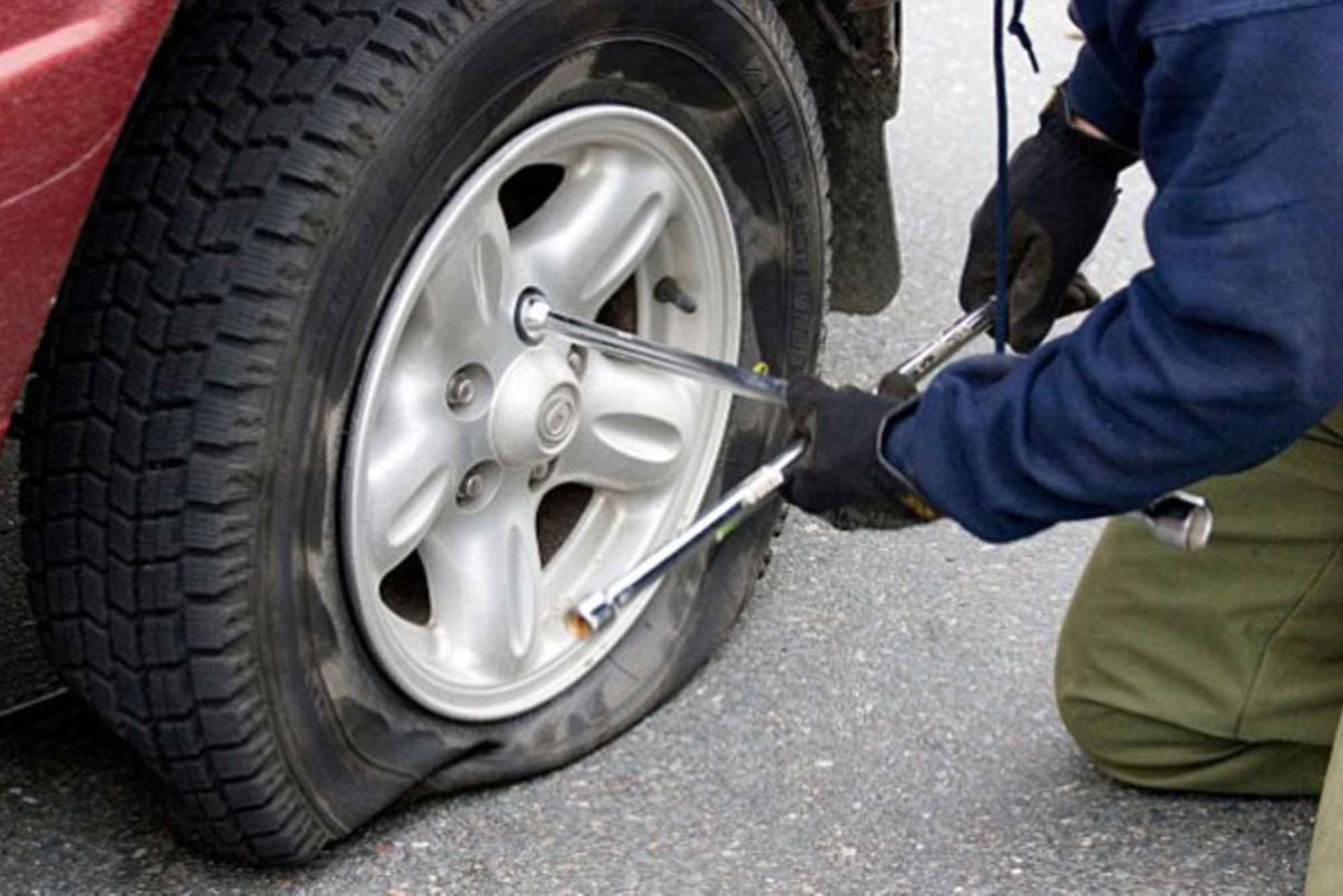
1. Conduct Regular Inspections
Regularly inspect your tyres for any signs of wear and tear. Look for cracks, bulges, or uneven tread wear. Addressing these issues early can help prevent sudden punctures.
2. Maintain Proper Inflation
Check your tyre pressure regularly and ensure it is at the recommended level. Under-inflated tyres are more prone to punctures and can lead to decreased fuel efficiency. Use a pressure gauge to check the inflation level.
3. Rotate and Balance Tyres
Rotating your tyres every 5,000 to 8,000 miles can help ensure even wear. Balancing your tyres can also prevent uneven tread wear and prolong their lifespan. Consult your owner’s manual for specific recommendations on rotation and balancing.
4. Avoid Driving on Rough Roads
Whenever possible, avoid driving on poorly maintained or rough roads. Stay alert for potholes, debris, and other hazards that could damage your tyres. If you must drive on such roads, reduce your speed to minimize the impact on your tyres.
5. Educate Yourself on Tyre Care
Learning about basic tyre maintenance can empower you to handle issues confidently. Understand the importance of rotation schedules, balancing, and alignment to prolong the life of your tyres.
Summary of Steps to Handle a Car Tyre Puncture at Night
To provide a quick reference, here is a summary table of the key steps to take when you experience a car tyre puncture at night:
| Step | Action | Purpose |
|---|---|---|
| 1. Stay Calm | Take a deep breath, assess the situation | Helps you focus and make better decisions |
| 2. Turn on Hazard Lights | Switch on hazard lights | Increases visibility and alerts other drivers |
| 3. Find a Safe Location | Move to a well-lit, flat area | Ensures a safer environment for tyre changing |
| 4. Use a Flashlight | Illuminate your workspace | Makes it easier to see tools and tyres in the dark |
| 5. Inspect the Damage | Check tyre for punctures or damage | Helps determine if repair or replacement is needed |
| 6. Gather Tools | Collect spare tyre, jack, lug wrench, and safety items | Prepares you to begin the tyre-changing process |
| 7. Loosen Lug Nuts | Loosen lug nuts on the flat tyre before lifting | Easier to remove nuts with the car still on the ground |
| 8. Position and Use the Jack | Use jack to lift the car at designated points | Lifts vehicle safely for tyre removal |
| 9. Remove the Flat Tyre | Take off the loosened lug nuts and remove the tyre | Prepares hub for spare tyre installation |
| 10. Install Spare Tyre | Align and hand-tighten lug nuts on the spare | Ensures the new tyre is correctly positioned |
| 11. Lower the Car | Carefully lower the car back to the ground | Allows final lug nut tightening with car weight support |
| 12. Tighten Lug Nuts | Tighten nuts in a crisscross pattern | Secures tyre evenly for safe driving |
| 13. Dispose of Flat Tyre | Store or dispose of flat tyre safely | Keeps car organized and ready for future maintenance |
| 14. Call for Help (if needed) | Contact roadside assistance if uncomfortable changing tyre | Ensures you get professional help if required |
By following these guidelines and keeping essential tools and an emergency kit in your vehicle, you can effectively manage a car tyre puncture at night. With adequate preparation and knowledge, you can face unexpected situations confidently and keep yourself safe on the road.

